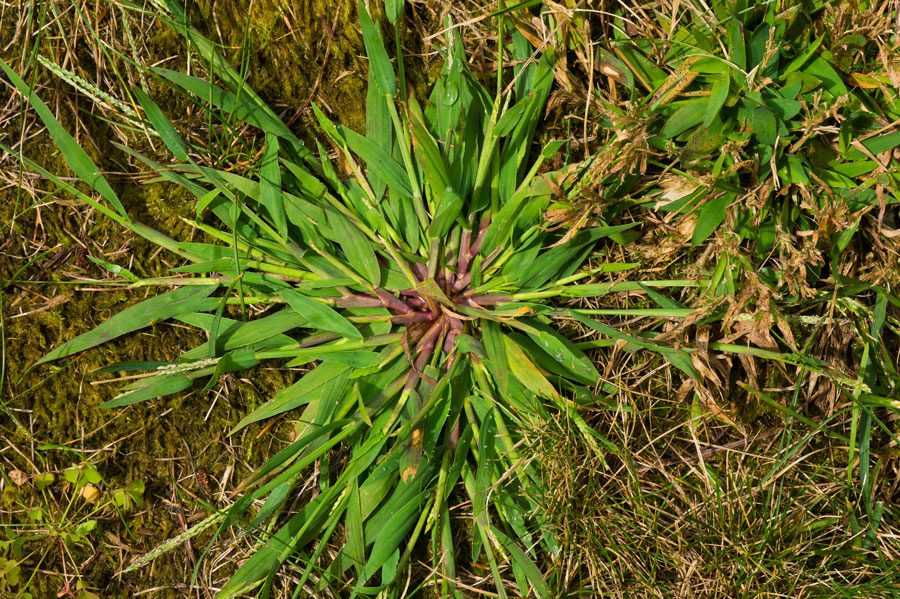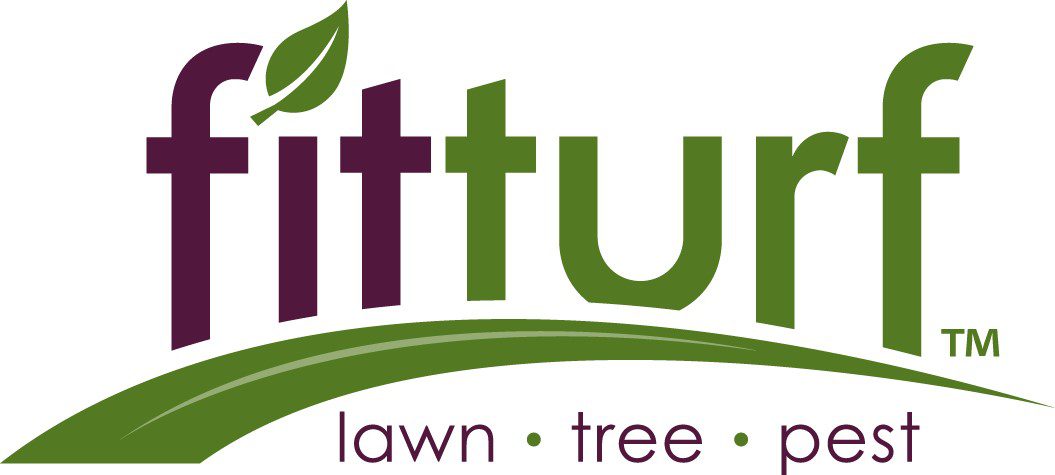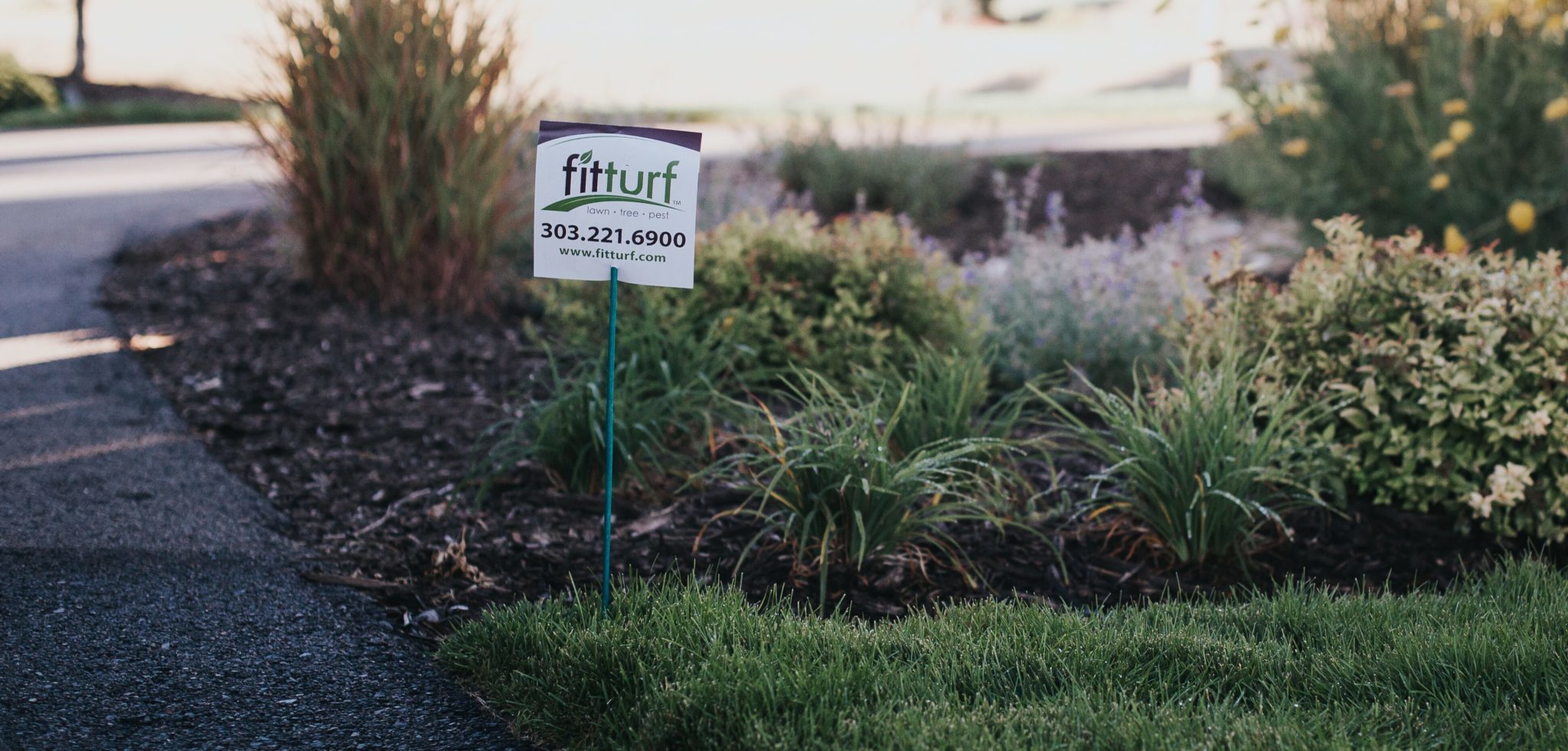When to Apply Crabgrass Preventer to Your Colorado Lawn
When to Apply Crabgrass Preventer in Colorado
Crabgrass. The word alone makes any Colorado turf-lover shudder. This lawn weed — along with its brethren such as foxtail, goose grass, and barnyard grass — can quickly overrun the bluegrass, flowers, or shrubs you want to thrive. Worse yet, unwanted annual grasses thrive on warm temperatures and water, which there are plenty of in Colorado.
Crabgrass preventers are used by many homeowners to prevent seedlings from taking root and ruining their lawn. Here’s when to use a crabgrass preventer on your Colorado turf and how to get the best results.

Best Times for Crabgrass Preventer
Crabgrass preventers, a common term for “pre-emergent herbicides”, work by preventing crabgrass seedlings from germinating and establishing themselves in the soil. As such, you should apply crabgrass preventer in Colorado two to four weeks before germination is expected. This is early enough to hit the weed seeds in time, but late enough that the herbicide won’t lose its effectiveness by summer’s end.
So when is this on the calendar? Generally, crabgrass takes hold between late March and early April in southern and western Colorado, and between mid-April and mid-May along the northern frontier. The exact time frame depends on the weather. Crabgrass will germinate earlier during warm, moist springs and later during cool, dry springs. Pay attention to the forecast and act accordingly. Remember: if you apply crabgrass preventer after the leaves have begun to form, then it’s already too late.
How to Apply Pre-Emergent Herbicides
The right application methods for your crabgrass preventer will also yield better results. When you’re applying this herbicide, do so uniformly without skips or streaks. These gaps could allow weed spots to pop up later in the year. Crabgrass preventer also naturally breaks down after about 50 days on average. Excessive warmth and moisture can speed this up even further and let late-summer crabgrass creep in. To prevent this, make sure to irrigate and fertilize in accordance with the weather and your turf species.
One more thing: never, ever apply crabgrass preventer and reseed at the same time. Most pre-emergent herbicides don’t just stop crabgrass seeds from emerging — they also stop desirable grass seeds. If you’re applying crabgrass preventer this year, you must wait two to four months before reseeding depending on the product. This typically means doing the latter in the late summer or early fall. You can reseed or kill in the spring, but not both.
Other Ways to Prevent Crabgrass
Even if you’ve applied a pre-emergent herbicide exactly as instructed, you still need to take proper care of your lawn. The following lawn care tips will help deter the germination of these pesky weeds:
- Mow your lawn at about 2.5 to 3 inches throughout the summer. Annual weeds thrive in grass that’s less than two inches as this allows more light in for the seeds to germinate.
- Mow often. Infrequent mowing reduces turf’s density, which makes it easier for weeds to grow. Ideally, you shouldn’t be removing more than one-third of the blade’s height during any single mowing; this could mean mowing every three to five days during fast growing seasons.
- Aerate your lawn at least once a year. This will make the soil less compact and therefore less receptive to crabgrass.

